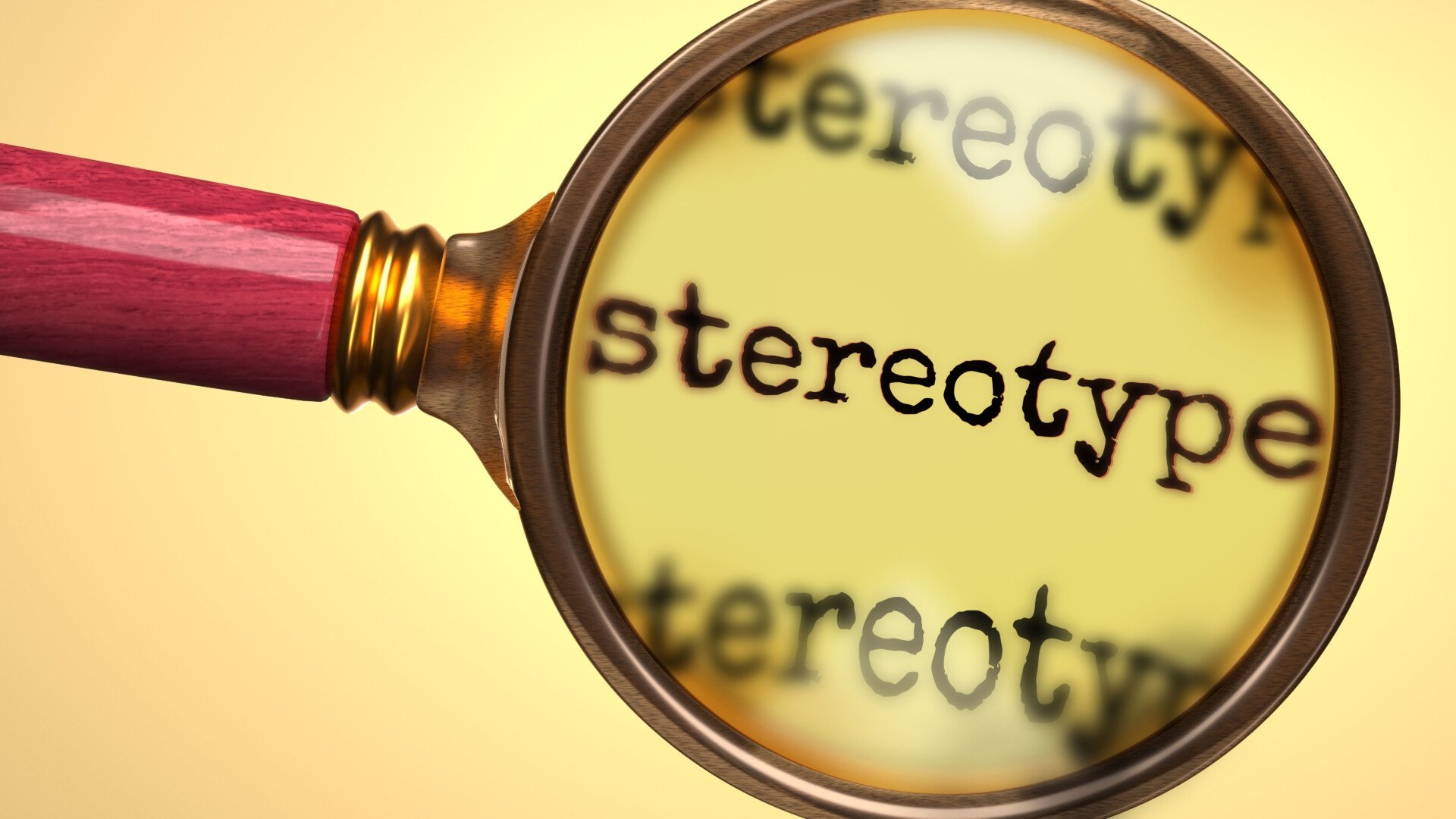Have you ever had such an experience?
When you meet someone for the first time, you subconsciously think that they “don’t look trustworthy” or “feel great”.Even if the person performs well later on, you still feel that he is not as good as the person you first remembered.
For example, don’t you often have a fixed opinion about a coworker?Even if he does a lot of good things later on, you still can’t help but look at him with the same old eyes.
Actually, there’s a psychological concept at work behind these thoughts – it’s called the Stereotype Effect.

Sounds a bit specialized right?Don’t worry, I’m going to explain this concept in the simplest way possible and tell you a real story to help you understand how it affects our lives.
1. What’s the Stereotyping Effect?
The stereotype effect means that when we are confronted with new people or things, we often unconsciously use our past experiences to understand them.
For example, if you see a person who dresses casually and doesn’t speak very politely, you may think that this person is not easy to get along with.But in fact, he may just be straight-laced or in a bad mood that day.
This preconceived way of judging affects our perception of others, and even makes us miss out on some really worthwhile friends or partners.
The stereotype effect is like a small program that runs automatically and jumps out to make decisions without you even realizing it.
2. Why do we think the way we do?
It’s a kind of “energy saving mode” of the human brain.
Think about it, if you have to start thinking from scratch every time you encounter a new person or situation, how tiring it would be!
So in order to save energy, the brain will automatically call on previous experience to make a quick judgment.For example:
These ideas are not necessarily right, but that is how we think.
This way of thinking was useful in the past to help humans quickly recognize danger.But in today’s complex and ever-changing society, it may instead make us make mistakes.
3. A true story: What I thought was a “bad leader” is actually the best teacher!
Let me tell you a true story.
A young man named David, who had just graduated, went to work for a large company.On the first day, he met his immediate supervisor, a middle-aged man, dressed formally, spoke very directly, and criticized David’s work.
David had a question mark in his mind at the time, “Is this person not very nice to work with?”Over the next few days, this leader was very demanding and sometimes harsh in his tone, and David felt more and more that he was not suitable for the job.
But after a couple months, things changed.
The leader began to take the initiative to help David solve the problems he encountered at work, and patiently taught him how to do reports and how to communicate with customers.Once David’s family had a problem, the leader even took the time to chat with him and comfort him.
David realized that he had completely misunderstood the leader.
It turned out that the surface of the serious, talking without mercy, in fact, is a very sense of responsibility, but also very willing to help subordinates to grow a good leader.
This story tells us: often, our first impression of a person does not represent the whole truth.
If we always follow the initial judgment to see people, it is easy to miss each other’s advantages, and even affect their own development opportunities.
4. Can we get rid of the stereotype effect?Of course we can!
Although the brain likes to take “shortcuts”, there are ways to change this habitual thinking:
1. Try to be open to new things.
Don’t jump to conclusions when you meet new people, new jobs, new environments.Try to get to know each other a little better and give each other a chance.
2. Look at things from multiple perspectives
Sometimes you feel that something is not right, think about it again from a different angle, you may find something different.For example, if someone else is talking hard, he may be under too much pressure; if someone else is doing things slowly, he may be checking every detail carefully.
3. Reflect on your thoughts often
You can ask yourself, “Am I prejudiced against this person?”, “Am I seeing only one side?”, “Is it possible that I’m looking at this person the wrong way?”
Regular self-reflection helps us to think outside the box.
4. Engage with people from different backgrounds
Talking to different types of people will open your eyes to more possibilities.You will realize that the world is much richer than you thought.
5. Time to interact: Have you experienced this too?
Now I’d like to ask you to join in:
You are welcome to share your experiences and thoughts in the comments section.Let’s talk about how we can see more clearly and live more freely.
6. To summarize: breaking the stereotype effect and opening the door to a new world
The stereotype effect is like an invisible wall that blocks our view of the world.
We think we know everything, but in fact we only see the tip of the iceberg.
But if we are willing to let go of our stereotypes and try to look at things from a different perspective, we can see a truer and richer world.
The world is never black and white, everyone has their own story and everything has its reasons.
Don’t jump to conclusions and give yourself and others a chance.
Because you never know, that person you misjudged might just be one of the most important people in your life.

